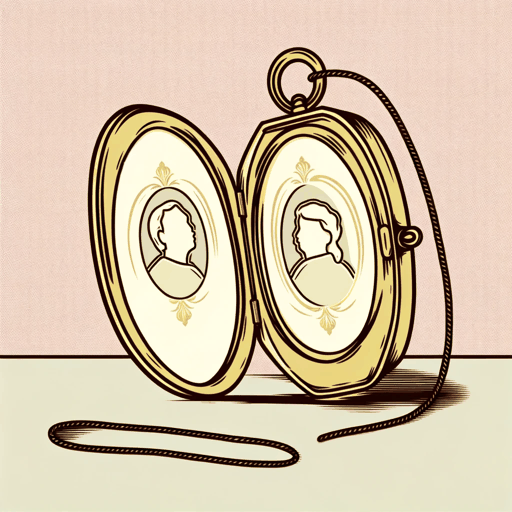58 pages • 1 hour read
Julia QuinnThe Duke and I
Fiction | Novel | Adult | Published in 2000A modern alternative to SparkNotes and CliffsNotes, SuperSummary offers high-quality Study Guides with detailed chapter summaries and analysis of major themes, characters, and more.
Important Quotes
‘“Hastings is going to go to a half-wit,’ the duke moaned. ‘All those years of praying for an heir, and now it’s all for ruin. I should have let the title go to my cousin.’ He turned back to his son, who was sniffling and wiping his eyes, trying to appear strong for his father. ‘I can’t even look at him,’ he gasped. ‘I can’t even bear to look at him.’”
(Prologue, Page 7)
When he realizes that Simon stutters, The Duke uses a slur for a person with an intellectual disability. The Duke assumes that only nondisabled lives have value, and that nobility requires a socially deemed ideal in all things. To compound his cruelty, he ignores Simon’s tears, focusing entirely on his own emotions. Simon is beneath his notice and attention.
“Simon felt the duke’s rejection in his very bones, felt a peculiar kind of pain enter his body and creep around his heart. And, as hatred flooded his body and poured from his eyes, he made a solemn vow. If he couldn’t be the son his father wanted, then by God, he’d be the exact opposite…”
(Prologue, Page 13)
Though Simon’s speech improves by age eight, the Duke sends his son away from London, preferring to maintain the fiction his heir is dead. Simon rejects his father in return, but still structures his life around him. His plan is to thwart all the ideals of his class, and in so doing deny his father satisfaction, just as he was denied affection.
“Although This Author has never taken the time to record eye color, all eight possess similar bone structure and the same thick, chestnut hair. One must pity the viscountess as she seeks advantageous marriages for her brood that she did not produce a single child of more fashionable coloring. Still, there are advantages to a family of such consistent looks—there can be no doubt that all eight are of legitimate parentage. Ah, Gentle Reader, your devoted Author wishes that that were the case amid all large families…LADY WHISTLEDOWN’S SOCIETY PAPERS, 26 APRIL 1813.”
(Chapter 1, Pages 15-16)
The first offering from Lady Whistledown helps establish that Quinn is writing about the entire Bridgerton family. At the same time, Lady Whistledown engages in astute and sharp social commentary, bordering on the scandalous. She suggests that the Bridgertons are not at the height of current aesthetic standards, using this to point out that the family is at least free of scandal. She adds another layer with the reminder to her audience that other aristocratic families suggest evidence of relationships outside marriage.
Featured Collections
Class
View Collection
Class
View Collection
Historical Fiction
View Collection
Marriage
View Collection
Pride & Shame
View Collection
Romance
View Collection
Sexual Harassment & Violence
View Collection
Summer Reading
View Collection
Trust & Doubt
View Collection
Valentine's Day Reads: The Theme of Love
View Collection


